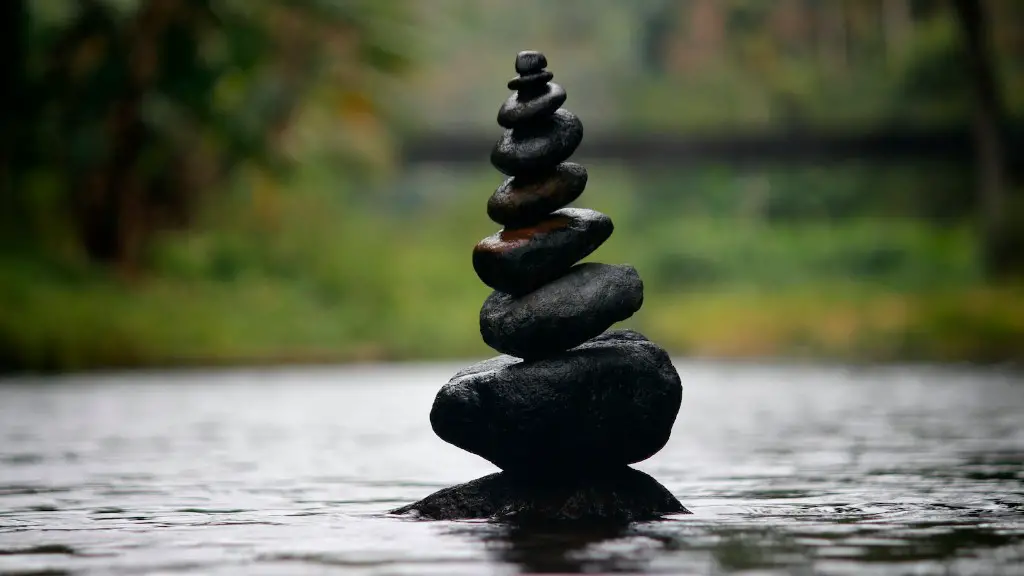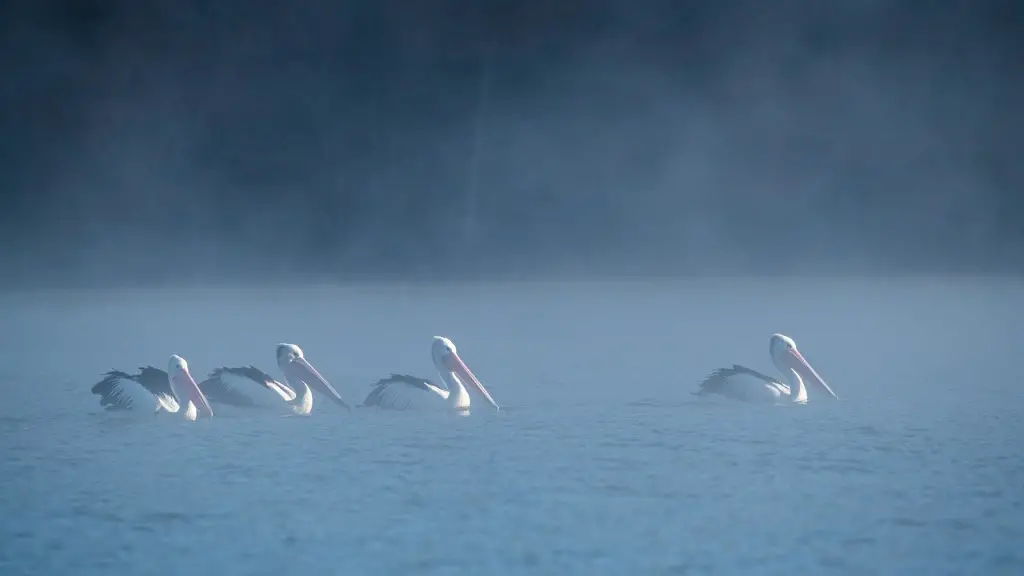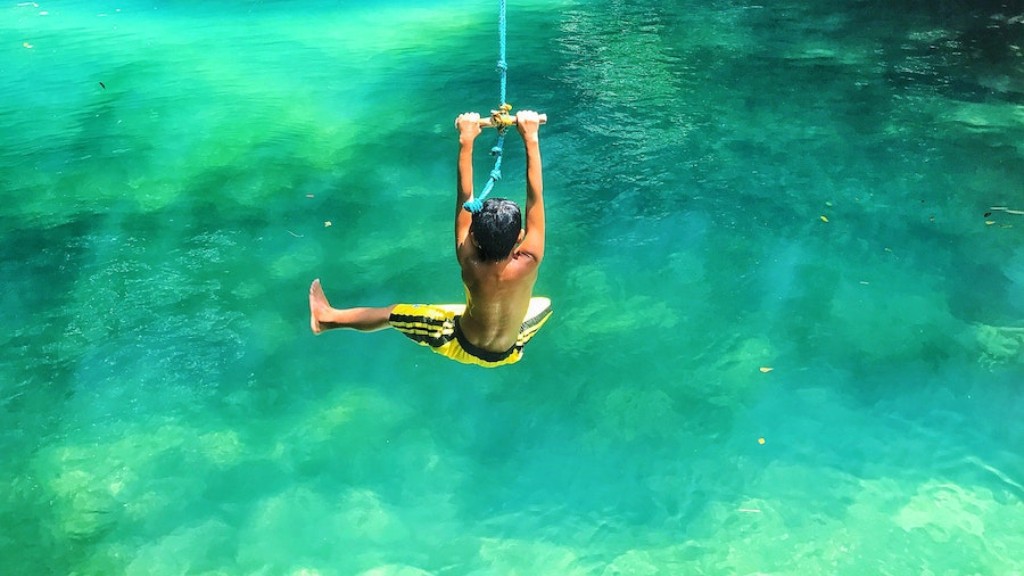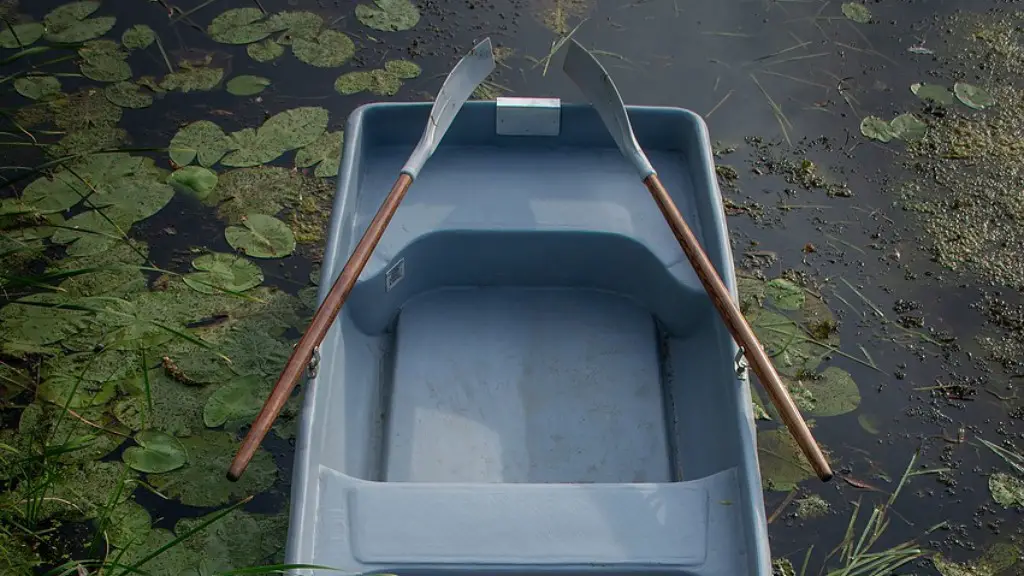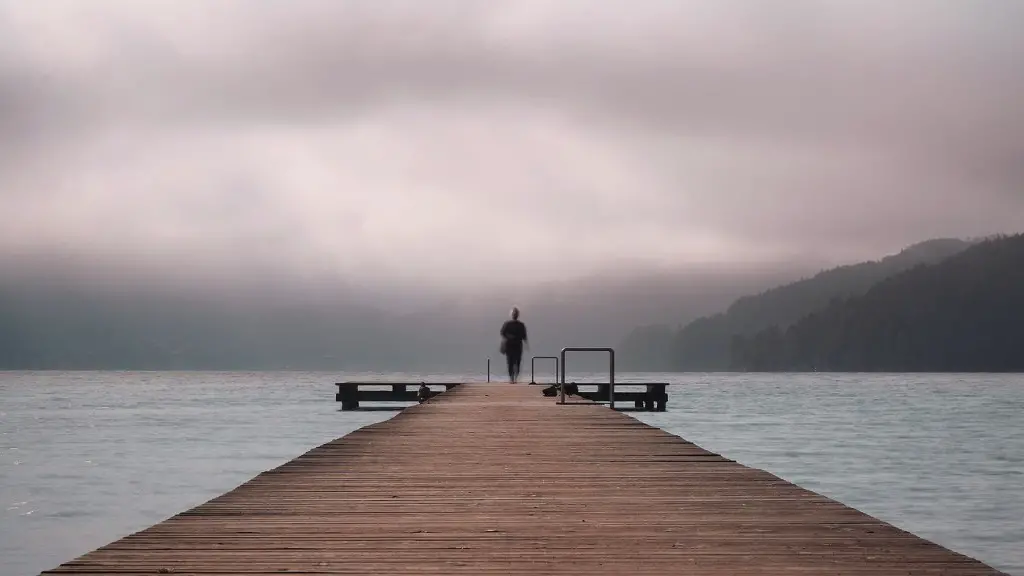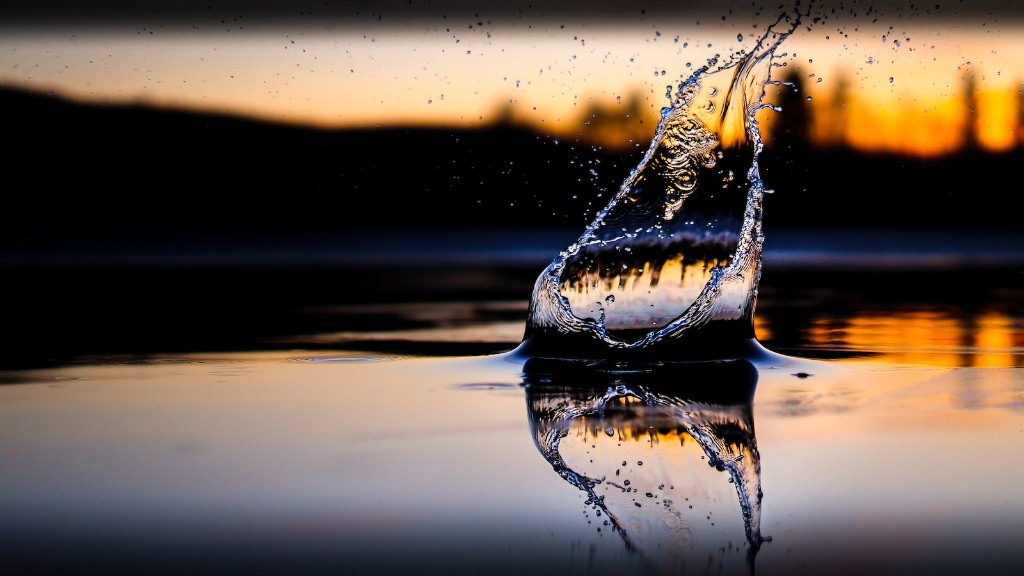Crater Lake is a caldera lake in the western United States, located in south-central Oregon. It is the centerpiece of Crater Lake National Park and is famous for its deep blue color and water clarity. The lake is fed by rain and snowmelt and has no inlets or outlets.
Crater Lake is a caldera lake situated in the southern Cascade Range of Oregon. It is the seventh deepest lake in the world, and the deepest in the United States. Crater Lake is also the fifth-largest lake by volume in the United States.
How is a Crater Lake formed?
Crater lakes are a type of volcanic lake that is found in craters and calderas. These lakes usually form through the accumulation of rain, snow and ice melt, and groundwater in volcanic craters. Crater lakes can contain fresh water or be warm and highly acidic from hydrothermal fluids.
Crater Lake is one of the deepest lakes in the United States, with an average depth of 350 meters (1,148 feet). Although considered a dormant volcano, Crater Lake is part of the United States Geological Survey Cascades Volcano Observatory seismic monitoring network.
Can you swim in Crater Lake
The Cleetwood Cove Trail is the only place where it is safe and legal to swim at Crater Lake National Park. The trail usually opens mid to late June.
1. Crater Lake is actually a caldera, formed by the collapsed peak of a volcano.
2. The lake is the deepest in the United States, and one of the deepest in the world.
3. The water in Crater Lake is some of the clearest and most pristine in the world.
4. There is no river or stream that flows into or out of the lake – the water is entirely from rainfall and snowmelt.
5. The lake is home to a unique species of newt that is found nowhere else in the world.
6. The Native Americans have long considered Crater Lake to be a sacred site, and it features prominently in their legends and folklore.
7. The Phantom Ship is a popular landmark in the lake, and is actually a tree that has been petrified by the water.
8. The lake is surrounded by cliffs that reach up to 2,000 feet (600 m) in height.
9. In the winter, the lake is often covered in a layer of ice that is up to 20 feet (6 m) thick.
10. Crater Lake National Park is one of the most popular tourist destinations in Oregon,
Is Crater Lake a sinkhole?
The depth of the caldera is attributable to the absolutely gargantuan eruption of mount Mazama. Mazama’s eruption was so large that it ejected around 10 times the volume of magma as the 1980 eruption of mount St. Helens. The resulting caldera is almost 5 miles deep and is one of the largest in the world.
The rainbow trout and kokanee salmon are not native to the lake but were stocked between 1888 and 1941. Fishing is allowed and encouraged.
Why is Crater Lake so famous?
The water in Blue Lake is some of the clearest and cleanest in the world because it is only fed by rain and snow, with no other water sources. This lack of sediment or mineral deposits leads to the lake’s beautiful blue color.
The long history of volcanism at Mount Mazama, the volcano that houses Crater Lake, suggests that this volcanic center will be active in the future. Future eruptions will likely occur within the caldera and probably beneath the water’s surface. Eruptions could cause the water in Crater Lake to become muddy and discolored and could also release harmful gases into the air. It is important to be aware of these dangers and to have an evacuation plan in place in case of an eruption.
What lives at the bottom of Crater Lake
Moss and bacteria colonies have been found at the bottom of Crater Lake, which is nearly 2,000 feet deep. This is perplexing to researchers because there are almost no nutrients at the bottom of the lake, yet these organisms are thriving. One possible explanation is that the bacteria are using the moss as a source of food.
The park’s water claim for the lake is for the preservation and protection of all natural habitats and the conservation of scenery. It is not for human consumption. The park wants to protect the natural beauty of the area and the wildlife that lives there.
Why is there no fish in Crater Lake?
Crater Lake is a naturally occurring lake that was first stocked with trout fingerlings in 1888 by William Steel in order to improve recreational opportunities. Despite altering the lake’s natural condition, introductions of non-native fish continued until 1941, when stocking the lake ended.
Crater Lake National Park is home to a variety of wildlife, including bears, coyotes, elk, porcupines, amphibians, birds, and insects. The park’s lake and streams are also home to a variety of fish, including the endangered bull trout and the Mazama newt, which is found only at Crater Lake.
What is a problem in Crater Lake
An “invasive species” is a plant that is not native to an ecosystem and that has a tendency to spread within that ecosystem. Invasive plants can cause serious damage to the natural environment, including to native plants and animals.
Crater Lake National Park is threatened by several invasive species of plants. However, there are still areas within the park that are entirely composed of native plant species. This is due to the fact that the park is large and has a variety of different habitats.
Swimming is not allowed in Little Crater Lake because the water temperatures do not warm up like its big brother, Crater Lake. The temperatures in the water can stay quite cold even in the summer months, so it’s best to just admire the beauty of this lake from the shores.
Is Crater Lake one of the 7 Wonders of the World?
Crater Lake is one of the most beautiful places on Earth. It is also one of the seven wonders of the world. Crater Lake is located in Oregon, USA. It is the deepest lake in the United States and the ninth deepest lake in the world. Crater Lake is formed by the collapse of a volcano. The lake is surrounded by cliffs. The water in the lake is very clear. Crater Lake is a very popular tourist destination.
Sinkholes are common in Florida due to the state’s geology. Florida has more sinkholes than any other state in the US because it is made up of mostly limestone, a type of rock that is easily eroded by water. sinkholes can range in size from a few feet wide to hundreds of feet wide, and they can be shallow or very deep. When a sinkhole forms, it can cause damage to buildings and roads, and it can be dangerous for people and animals.
Final Words
Crater Lake is the deepest lake in the United States and is one of the seven natural wonders of the world. The lake is located in the caldera of Mount Mazama in Oregon.
Crater Lake is an amazing place that everyone should see at least once in their lifetime. The scenery is breathtaking and the history behind the formation of the lake is fascinating. Whether you’re looking for a place to relax and take in the beauty of nature or you’re looking for an adventurous hike, Crater Lake has something to offer everyone.
